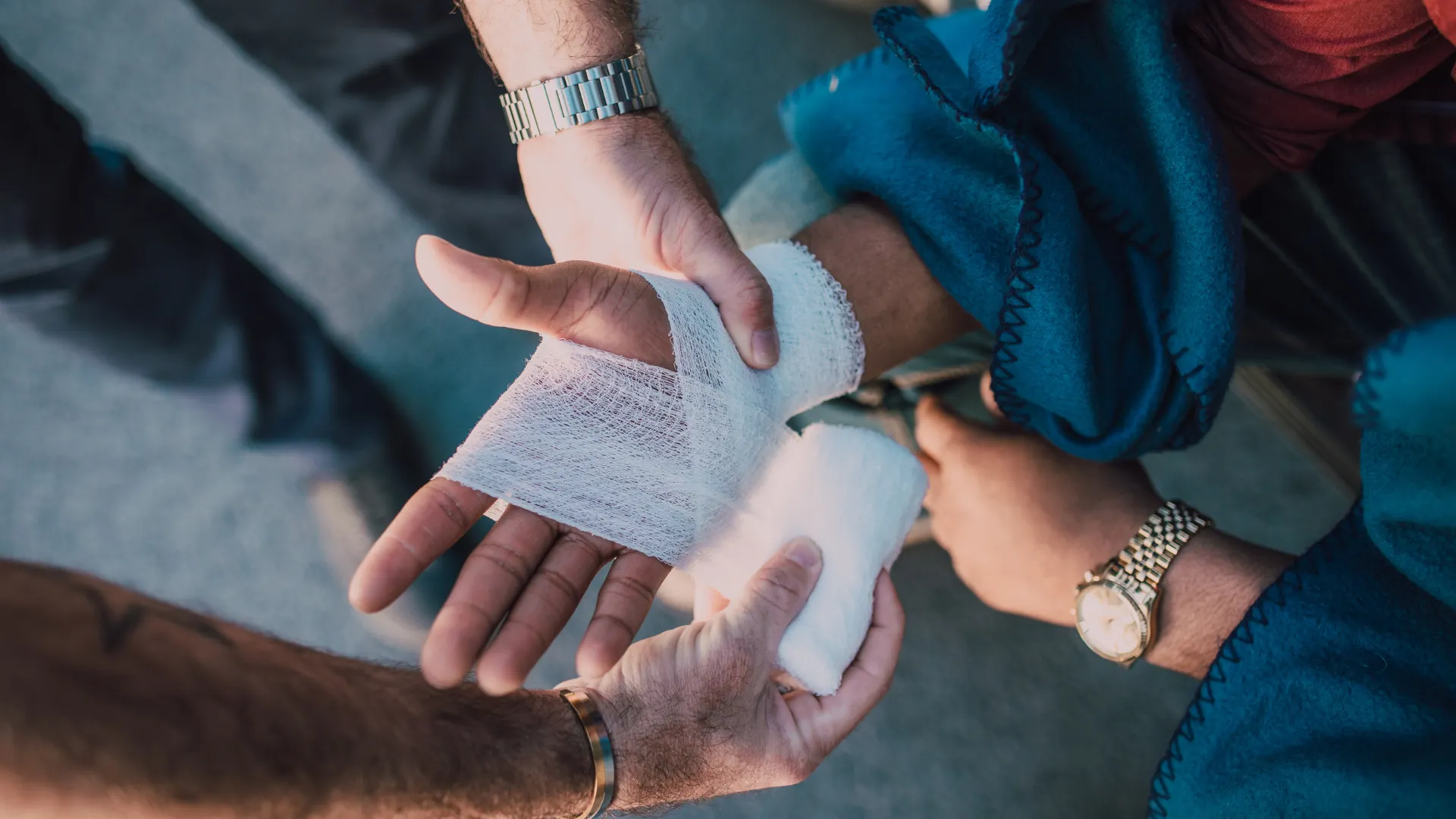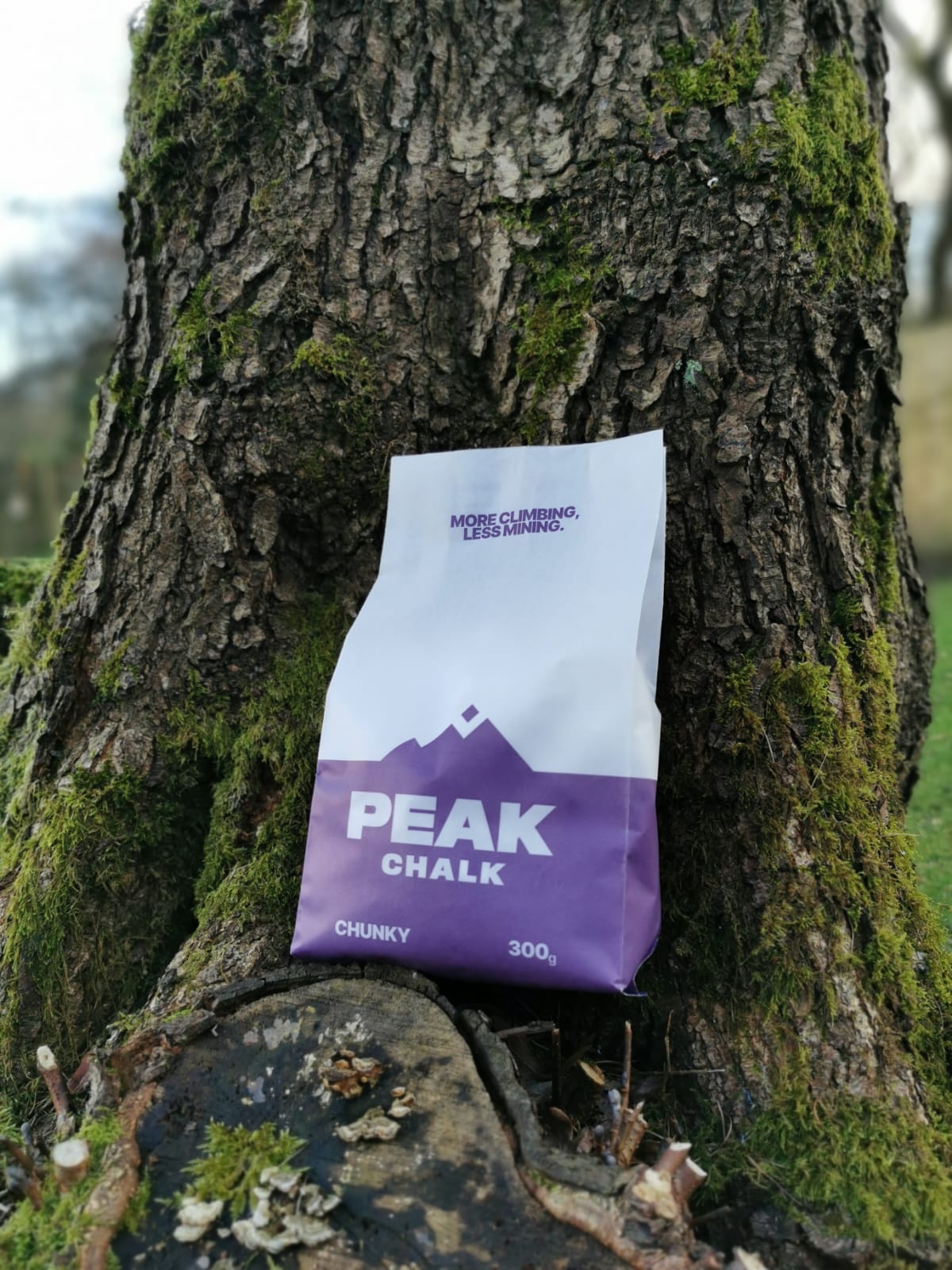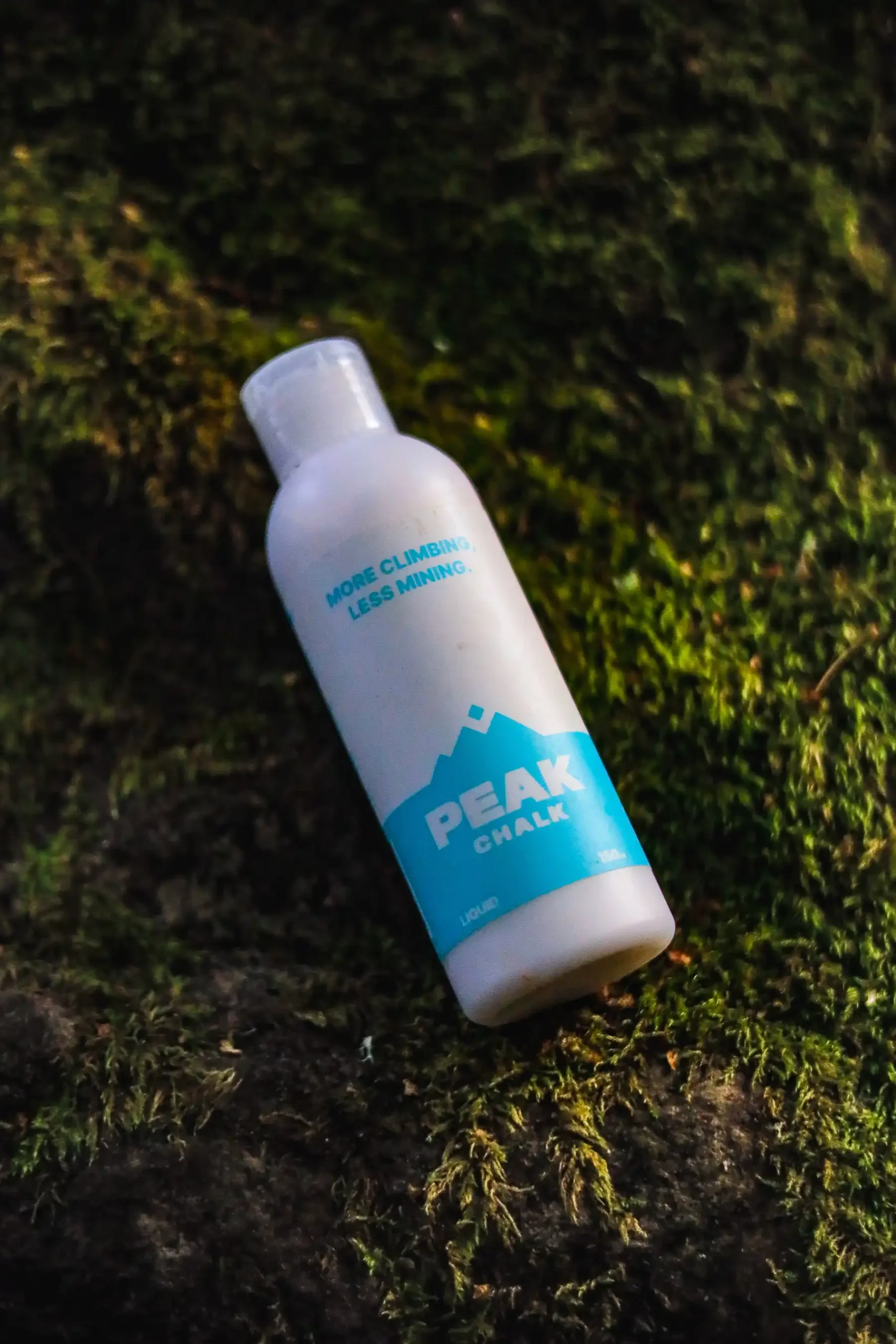In the realm of outdoor pursuits, injuries are an inevitable part of the journey. Whether you’re a seasoned climber or just starting to scale the heights, the reality is that at some point, you may find yourself facing the challenges of recovery. In the world of climbing, where pushing boundaries and testing limits is the norm, it’s crucial to understand that injuries are not a sign of weakness but rather a natural aspect of the sport. In this article, we’ll explore the importance of patience, methods to prevent injuries, common climbing-related injuries, strategies for maintaining mental health during recovery, and nourishment tips to aid healing.

Patience and Recovery
Climbing demands strength, agility, and mental fortitude. However, injuries can set even the most seasoned climbers back. Patience becomes a valuable ally during recovery. Accepting the healing process and allowing your body the time it needs to recover is paramount. Recognize that setbacks are part of the journey, and the road to recovery is as much a mental challenge as a physical one.
Preventing Injuries
While it’s impossible to eliminate all risks, there are proactive steps climbers can take to minimize the likelihood of injuries. Regular strength and flexibility training, proper warm-ups, and adherence to safety protocols are fundamental. Invest time in honing your technique and know your limits. Listen to your body, and don’t hesitate to seek guidance from experienced climbers or professionals to refine your skills and knowledge.
Common Climbing Injuries
Understanding the most prevalent climbing injuries is crucial for prevention and early intervention. Tendonitis, pulley injuries, and strains are common among climbers. Additionally, overuse injuries such as golfer’s and tennis elbow can occur. Familiarize yourself with these potential issues to better recognize warning signs and address them promptly.
Caring for Mental Health
Injuries not only impact the body but can also take a toll on mental well-being. Stay connected with the climbing community, even if you can’t physically participate. Engage in activities that nurture your mental health, such as meditation, visualization, or pursuing other interests. Seek support from friends, family, or professionals to navigate the emotional aspects of the recovery process.
Nutrition for Healing
A balanced diet plays a pivotal role in the healing process. Incorporate anti-inflammatory foods like turmeric, ginger, and fatty fish into your meals. Provide your body with the necessary nutrients by consuming ample protein, vitamins, and minerals. Stay hydrated to facilitate the healing of tissues and promote overall well-being.
Conclusion
Injuries are an inevitable aspect of climbing, but with the right mindset and proactive measures, you can navigate the path to recovery successfully. Remember that patience, prevention, and mental well-being are key components of healing. By understanding common injuries, adopting preventative measures, caring for your mental health, and embracing a nourishing diet, you can overcome the challenges of injuries and return to the climbing world stronger and more resilient than before.
For more useful content about climbing please follow our Instagram, also for our home-compostable climbing chalk please visit our store!








